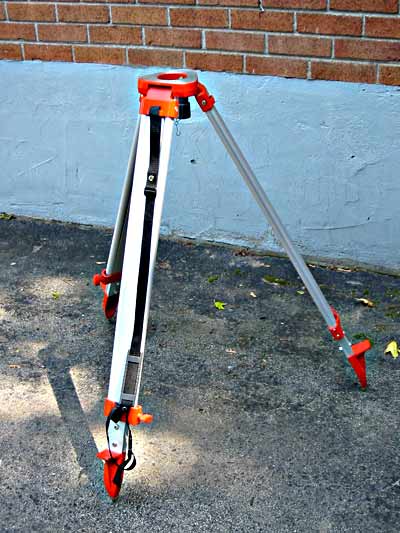Has any one experience of using the Leica Disto D5 for measuring a 200m calibration course, or by placing at the centre of the calibration course and measuring to the two ends to measure courses up to 400m?
The stated accuracy is within 0.015% better than the standard EEC Class 2 steel tapes which are 0.02%. Also it should be a lot easier than scrabbling around on the wet, even frosty ground banging PK nails in and reading the tape millimeters.
A limitation would be it only measures in straight lines and does not follow undulations, so not suitable for every cal course.
I have been watching these improve in performance and come down in price over the years, and I wonder whether now is the time to buy.
Original Post



